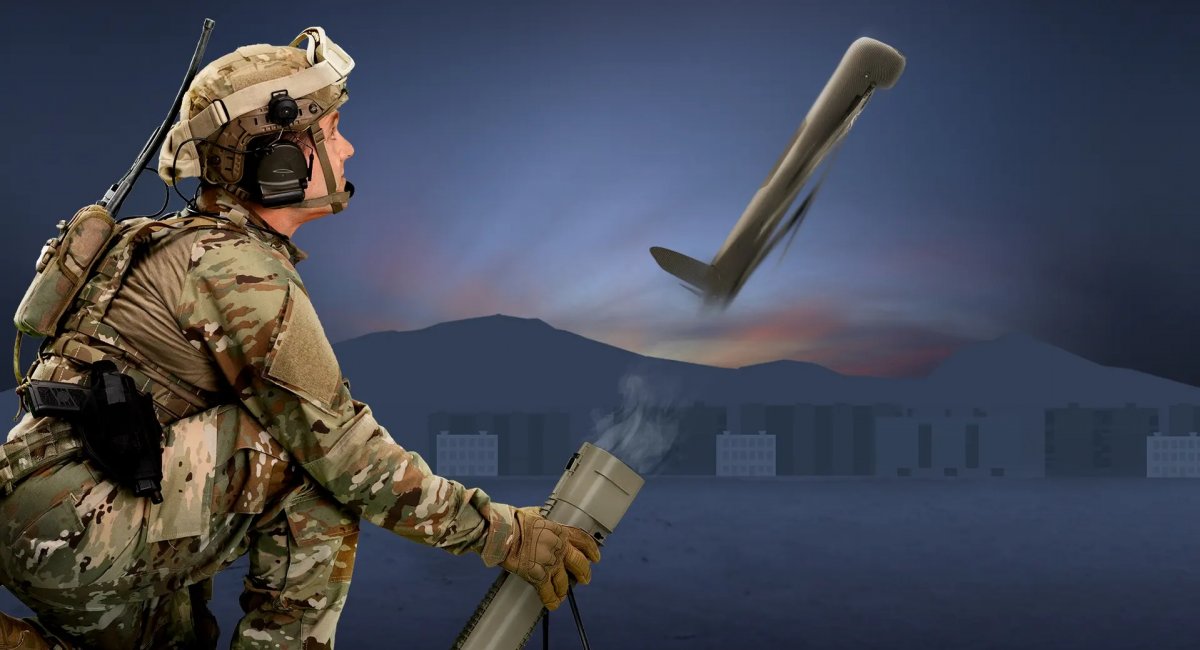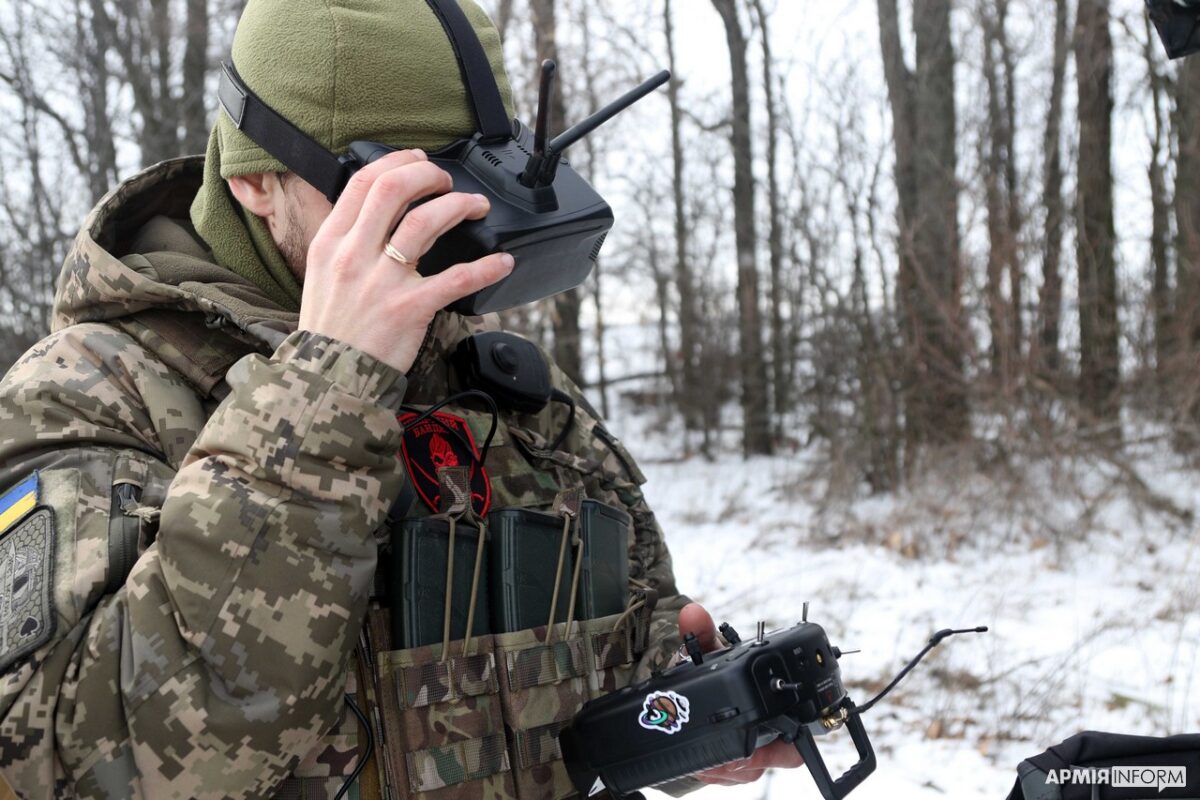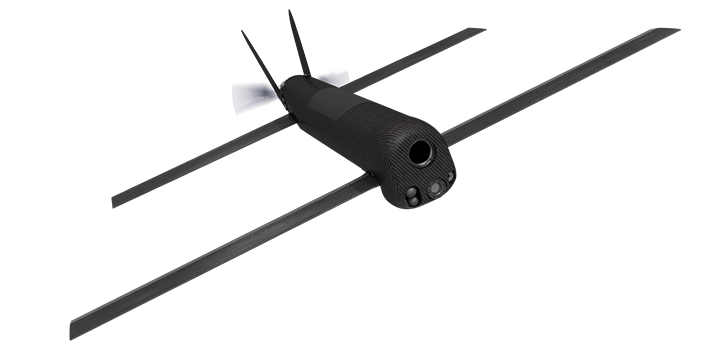
FPV drone vs Switchblade, what is the difference between them (video)
Can an FPV drone replace the American Switchblade 300 barrage munition?
For more than a year now, the Ukrainian Defense Forces have been using Switchblade 300 barrage munitions on the battlefield, which, despite rumors of the alleged ineffectiveness of this weapon, have been destroying a number of important targets on the battlefield – and the material of the Tyschok Research and Information Center, which spoke with the operator of this weapon, also answers the question of whether the American kamikaze drone can be replaced by FPV drones, which are also actively used on the battlefield.

First of all, it is worth recalling that the Switchblade 300 barrage munition is a rather expensive weapon used in Ukraine by services such as the SBU, the GUR of the Ministry of Defense or the Armed Forces of Ukraine to hit valuable, primarily unprotected static targets or, for example, enemy command staff – and it is by no means effective, or rather expedient, to use this weapon for conventional strikes “against infantry in a trench.”
At the same time, FPV drones are a cheap way to fly into enemy trenches, try to “catch up” and damage enemy equipment, destroy “kamikaze tanks,” and so on. That is, first of all, we are talking about the different purposes of these weapons on the battlefield, when Switchblade is a tool for specific tasks, and FPV drone is for a wider range of tasks, and, of course, taking into account the capabilities of a particular model.
And here, of course, one can ask the question: why can’t the same cheaper FPV drones be used for the tasks performed by barrage munitions? According to the operator of a US barrage munition, the fact is that Switchblade is “a finished product, a complete product that behaves more or less predictably,” while “FPV drones are always a story with many unknown factors.”

Switchblade is actually quite easy to fly and, despite the fact that the operator training lasts for 2 weeks, it can actually be almost halved, while learning to fly an FPV drone is much more difficult, the course should last at least two to three weeks, and according to statistics, only 60-70% of people complete such a training course (while, for example, 90-95% complete a regular quadcopter).
“The [Switchblade] drone can do a lot of things on its own: it gains altitude, calculates the approximate trajectory when approaching, tries to refine the direction of movement in the wind a little bit, and when it comes to the target, it starts to descend and accelerate – you just need to refine it,” the operator says about the benefits of Switchblade.
At the same time, if the Switchblade does not hit the target the first time, it automatically goes for a second round and makes another automatic approach to the target, during which the drone operator can control the process through the side camera – there can be two, three or more such “rounds” – either until the drone hits the target or until it runs out of battery power.
FPV drones don’t have this option, and they don’t have zoom, stabilization, and basically everything has to be done by hand, which requires a very high level of skill from the pilot of such a drone to destroy the target “on the first try.”
“We don’t have many other means of fire [the Switchblade] that can confidently fly into a window from 8 kilometers away, and it is important to emphasize: not just to be able to fly into a window, but to be able to fly into a window with a 70-80% chance. There is a certain kind of target whose location is determined by different intelligence means. Determining their location is very temporary, situational, and they need to be hit once. If this target is not hit now, it will move and you will not find it again. The maximum value and effectiveness of the Switchblade is manifested in such cases, so they try to use them in this way,” says the operator of the Switchblade barrage munition.

